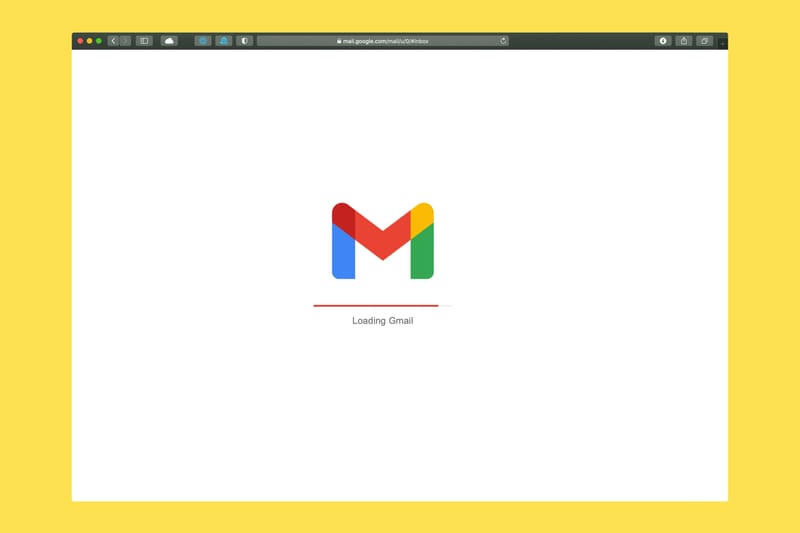Creating a Custom Domain Email Address: Step-by-Step Guide
Creating a custom domain email address is a crucial step in establishing a professional online presence. This comprehensive guide walks you through the process of setting up a branded email address using your own domain name. From selecting an email hosting provider to configuring DNS records and setting up email clients, we cover all the essential steps. By following this tutorial, you'll be able to communicate with clients, partners, and customers using a professional email address that reflects your brand identity. Whether you're a small business owner, freelancer, or entrepreneur, this step-by-step guide will help you create a polished and credible email presence.Table of Contents:

Choosing the Right Email Hosting Provider
The first step in creating a custom domain email address is selecting a reliable email hosting provider. Look for a provider that offers features such as ample storage, spam protection, and mobile access. Consider factors like pricing, customer support, and integration with other business tools. Many web hosting companies offer email hosting as part of their packages, which can be a convenient option. Alternatively, you can opt for dedicated email hosting services that specialize in providing robust email solutions. Compare different providers and their offerings to find the one that best suits your needs and budget. Do you need a website? Want to build a website but don't know where to start? Our website builder is the perfect solution. Easy to use, and with the ability to customize to fit your business needs, you can have a professional website in no time.
Configuring DNS Records
Once you've chosen an email hosting provider, you'll need to configure your domain's DNS records to direct email traffic to the correct servers. This typically involves adding MX (Mail Exchanger) records to your domain's DNS settings. MX records specify which mail servers are responsible for handling email for your domain. You may also need to add additional records, such as SPF (Sender Policy Framework) and DKIM (DomainKeys Identified Mail) records, to improve email deliverability and security.Log in to your domain registrar's control panel or DNS management interface to make these changes. Your email hosting provider should provide you with the specific DNS records and values to add. If you're unsure about making these changes, consult your hosting provider's documentation or contact their support team for assistance.
Creating Your Custom Email Address
After configuring the DNS records, it's time to create your custom email address. Log in to your email hosting provider's control panel and navigate to the email management section. Here, you'll be able to set up new email accounts using your domain name. Choose a username that reflects your brand or position, such as 'info@yourdomain.com' or 'yourname@yourdomain.com'.When creating your email address, be sure to set a strong, unique password to protect your account. Many email hosting providers offer additional security features like two-factor authentication, which you should enable for added protection. You may also want to set up email aliases or forwarding rules to manage multiple email addresses or redirect messages to a central inbox.
Building a website with SITE123 is easy
Setting Up Email Clients
To access your new custom domain email address, you'll need to set it up in an email client. This can be a desktop application like Microsoft Outlook or Apple Mail, or a web-based service like Gmail. Your email hosting provider should offer instructions for configuring various email clients with their service.You'll typically need the following information to set up your email client:
1. Your email address and password
2. Incoming mail server details (IMAP or POP3)
3. Outgoing mail server details (SMTP)
4. Port numbers and security settings (SSL/TLS)
Enter these details in your chosen email client's account setup wizard. Once configured, you should be able to send and receive emails using your new custom domain email address.
Testing and Troubleshooting
After setting up your custom domain email address, it's essential to test it thoroughly. Send test emails to and from your new address to ensure everything is working correctly. Check that emails are being received and sent without any issues. If you encounter any problems, double-check your DNS settings and email client configuration.Common issues include:
1. Emails not being received: This could be due to incorrect MX records or spam filter settings.
2. Unable to send emails: Check your SMTP settings and ensure your outgoing mail server is correctly configured.
3. Emails marked as spam: Verify your SPF and DKIM records are set up correctly.
If you continue to experience issues, contact your email hosting provider's support team for assistance. They can help diagnose and resolve any configuration problems.
Best Practices for Using Your Custom Domain Email
Now that you have your professional email address set up, it's important to follow best practices to maintain a polished and credible online presence:1. Use a professional email signature: Include your name, title, company, and contact information.
2. Regularly check and respond to emails: Set up notifications to ensure timely responses.
3. Implement email security measures: Use strong passwords, enable two-factor authentication, and be cautious of phishing attempts.
4. Organize your inbox: Create folders and use filters to manage your emails efficiently.
5. Back up your emails: Regularly export and save important emails to prevent data loss.
By following these best practices, you'll maximize the benefits of your custom domain email address and present a professional image to your contacts.





